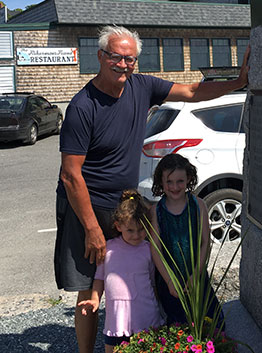The implosion of the Soviet Union and the other socialist countries of Eastern Eastern Europe forced me to rethink the role of democracy in socialist society. Among other things, I arrived at the conclusion that democracy in socialist societies had to be real and substantive, not formal and hollow.
It should include an independent press (as opposed to state controlled media), a robust civil society, transparency and accountability, an independent judiciary, a multi-party system, the protection of individual rights and liberties, the expansion of social, economic, and democratic rights, democratic planning and so forth.
E. P. Thompson, the great Marxist historian, once wrote. “I am told that, just beyond the horizon, new forms of working class power are about to arise which, being founded upon egalitarian productive relations, will require no inhibition and can dispense with the negative restrictions of bourgeois legalism. A historian is unqualified to pronounce on such utopian projections. All that he knows is that he can bring in support of them no evidence whatsoever. His advice might be: watch this new power for a century or two before you cut down your hedges.” (Whigs and Hunters: The Origin of the Black Act)



